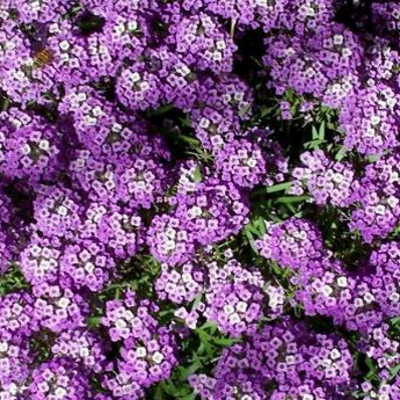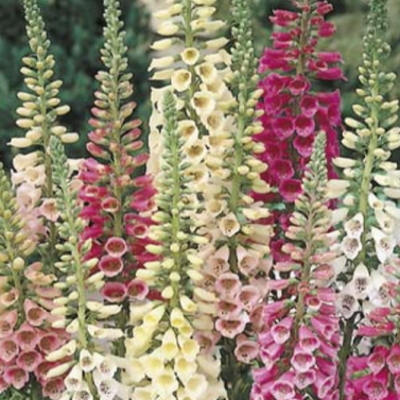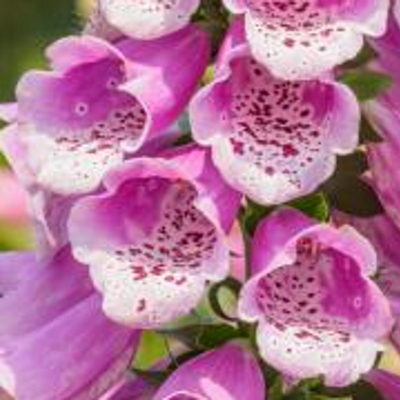-
-
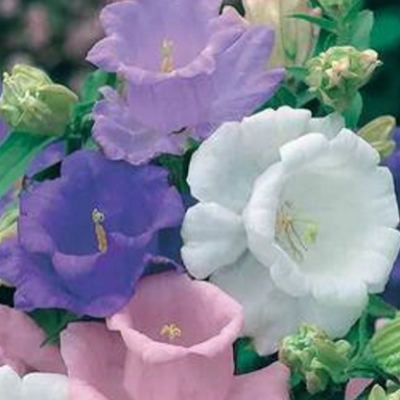 Canterbury Bells Cup and Saucer Mix is a hardy, attractive biennial flowering plant. Canterbury Bells seeds are a good way to establish this flowering bellflower mix that produces bell-shaped flowers with a flat base in various shades of blue, pink, and white. Canterbury Bells is the biennial, so the plant produces foliage the first year and flowers the second year blooming from spring to early summer.
Canterbury Bells Cup and Saucer Mix is a hardy, attractive biennial flowering plant. Canterbury Bells seeds are a good way to establish this flowering bellflower mix that produces bell-shaped flowers with a flat base in various shades of blue, pink, and white. Canterbury Bells is the biennial, so the plant produces foliage the first year and flowers the second year blooming from spring to early summer. -
-
Out of stock
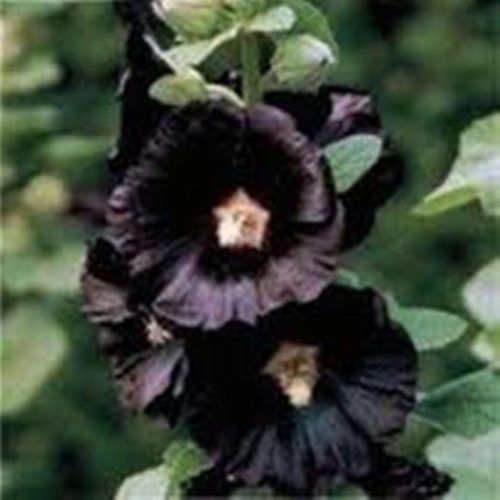 Biennial. This traditional variety is shockingly beautiful and richly coloured with its near-black flowers with just a hint of red. Gorgeous planted in the back of your flower bed or next to white buildings white flowers. A must for historical gardens.
Biennial. This traditional variety is shockingly beautiful and richly coloured with its near-black flowers with just a hint of red. Gorgeous planted in the back of your flower bed or next to white buildings white flowers. A must for historical gardens. -
Out of stock
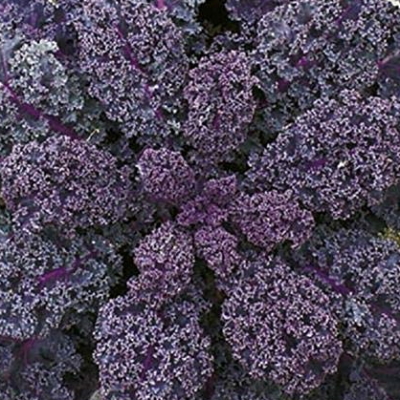
The broad, frilly, purple leaves grow on 60-90 cm tall, upright stalks. Red color on a blue-green background. Great for baby leaf and bunching. Scarlet has great flavour either as baby leaf or mature kale, and the flavour improves after frost. This kale is a must in an organic garden and is highly decorative in salads and stir-fries. Plant Scarlet kale in cow pots 4-6 weeks before the last frost, direct sow in early spring, and in mid-July for a fall crop. Scarlet Kale can grow 60-90 cm high. Boiling kale loses much of the nutritious properties while steaming and microwaving keep more cancer-fighting properties.
-
Out of stock
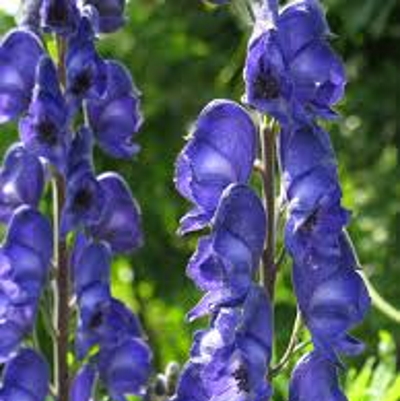 The monkshood plant is an herbaceous wildflower that can be found growing in mountain meadows throughout the northern hemisphere. The plant gets its name from the shape of the posterior sepal of the flowers, which resembles the cowls worn by monks. Also known as wolfsbane and Aconitum, monkshood has become popular as a garden addition because of its purple/blue flowers and attractive foliage. Growing 2 to 4 feet (0.5 to 1 m.) tall and 1 to 2 feet (0.5 m.) wide, perennial monkshood is best grown as a background plant. The leaves of the monkshood plant are palmate, meaning hand-shaped, with lobed “fingers” that often have toothed edges and vary in color from light to dark green. In late summer or early fall, it sends up showy spires of purple/blue flowers. Monkshead is not invasive and is both deer and rabbit resistant. However, monkshood, or wolfsbane, is moderately difficult to grow and once planted, doesn’t like to be moved so the best way to grow monkshood is to choose your spot carefully. It sometimes takes a while for it to become established.
The monkshood plant is an herbaceous wildflower that can be found growing in mountain meadows throughout the northern hemisphere. The plant gets its name from the shape of the posterior sepal of the flowers, which resembles the cowls worn by monks. Also known as wolfsbane and Aconitum, monkshood has become popular as a garden addition because of its purple/blue flowers and attractive foliage. Growing 2 to 4 feet (0.5 to 1 m.) tall and 1 to 2 feet (0.5 m.) wide, perennial monkshood is best grown as a background plant. The leaves of the monkshood plant are palmate, meaning hand-shaped, with lobed “fingers” that often have toothed edges and vary in color from light to dark green. In late summer or early fall, it sends up showy spires of purple/blue flowers. Monkshead is not invasive and is both deer and rabbit resistant. However, monkshood, or wolfsbane, is moderately difficult to grow and once planted, doesn’t like to be moved so the best way to grow monkshood is to choose your spot carefully. It sometimes takes a while for it to become established. -
Out of stock
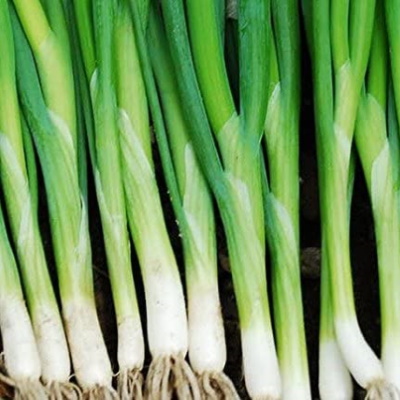 Parade Organic scallion seeds are CERTIFIED ORGANIC! For an open-pollinated variety, Parade shows remarkable uniformity, with little or no bulbing. Dark green, almost waxy leaves grow vigorously with white stalks that can be made longer by hilling up soil around them. Expect upright growth with no branching. Parade looks great as a bunching onion on the market table, but it performs perfectly in the home garden. Provide frost protection with a cloche tunnel, and you can harvest this scallion all winter long. Parade is one of the best scallions to grow if you plan on saving seeds for next season. To do this, wait for some of your scallions to overwinter. Their flowers are formed after a cold period. Be aware that they can cross-pollinate with other members of Allium fistulosum as well as A. cepa, so they need to be isolated if both are in bloom at the same time.
Parade Organic scallion seeds are CERTIFIED ORGANIC! For an open-pollinated variety, Parade shows remarkable uniformity, with little or no bulbing. Dark green, almost waxy leaves grow vigorously with white stalks that can be made longer by hilling up soil around them. Expect upright growth with no branching. Parade looks great as a bunching onion on the market table, but it performs perfectly in the home garden. Provide frost protection with a cloche tunnel, and you can harvest this scallion all winter long. Parade is one of the best scallions to grow if you plan on saving seeds for next season. To do this, wait for some of your scallions to overwinter. Their flowers are formed after a cold period. Be aware that they can cross-pollinate with other members of Allium fistulosum as well as A. cepa, so they need to be isolated if both are in bloom at the same time. -
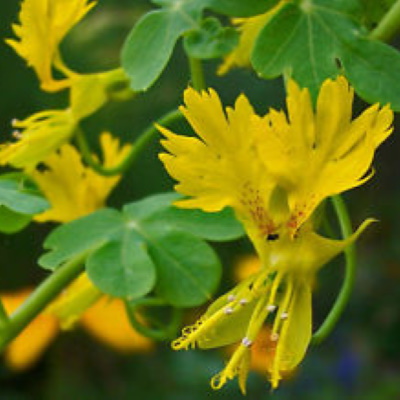 Use seeds, leaves, and flowers. Bright, sunny colors: yellow, pink, red, and orange. The edible flowers are popular for salads and as a garnish; the peppery leaves are also very flavorful. A colourful garden favorite. Flowers all summer long. Keep watered during dry weather, and do not fertilize. Excellent in window boxes, hanging baskets, or raised beds. Suitable for xeriscaping
Use seeds, leaves, and flowers. Bright, sunny colors: yellow, pink, red, and orange. The edible flowers are popular for salads and as a garnish; the peppery leaves are also very flavorful. A colourful garden favorite. Flowers all summer long. Keep watered during dry weather, and do not fertilize. Excellent in window boxes, hanging baskets, or raised beds. Suitable for xeriscaping -
Out of stock
 Wildfire Arugula was bred to be distinctive both in its flavour profile and its leaf shape. The flavour is hot and peppery; the leaves are less uniform than standard arugula. It grows quickly so plant it 15 cm apart to enjoy a cut and come again crop. Its bright green, slightly serrated leaves grow upright instead of spreading out on the ground making it easier to cut.
Wildfire Arugula was bred to be distinctive both in its flavour profile and its leaf shape. The flavour is hot and peppery; the leaves are less uniform than standard arugula. It grows quickly so plant it 15 cm apart to enjoy a cut and come again crop. Its bright green, slightly serrated leaves grow upright instead of spreading out on the ground making it easier to cut. -
Out of stock
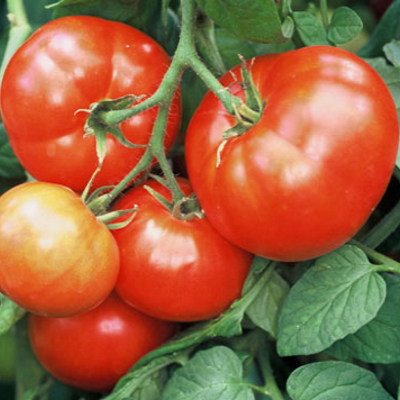 The perfect tomato plant for Calgary! This early maturing plant produces high yields of 280-450 gram deep red tomatoes which are 10-15 cm in diameter. They are sweet and flavorful. Perfect for salads, sandwiches, and canning. Plants will yield well even in cool weather. Cold tolerant. It is parthenocarpic, meaning it can set tomatoes without pollination. An excellent choice for home gardens. A variety developed in 1994 by Dr. James Baggett of Oregon State University, Oregon, USA. Disease Resistant: V, F. Determinate. Grown Organically. Start indoors, great for the greenhouse, and outdoor growing. Plants grow to 1-1.2 M tall.
The perfect tomato plant for Calgary! This early maturing plant produces high yields of 280-450 gram deep red tomatoes which are 10-15 cm in diameter. They are sweet and flavorful. Perfect for salads, sandwiches, and canning. Plants will yield well even in cool weather. Cold tolerant. It is parthenocarpic, meaning it can set tomatoes without pollination. An excellent choice for home gardens. A variety developed in 1994 by Dr. James Baggett of Oregon State University, Oregon, USA. Disease Resistant: V, F. Determinate. Grown Organically. Start indoors, great for the greenhouse, and outdoor growing. Plants grow to 1-1.2 M tall. -
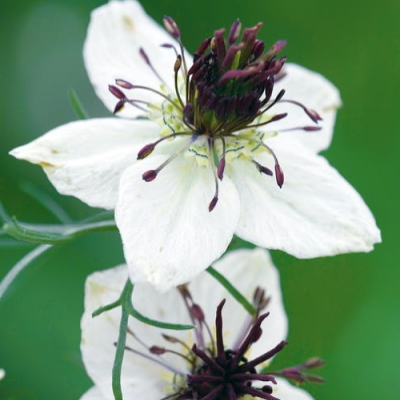
Nigella hispanica ‘Midnight’-African Bride Nigella seeds are also known as Love-in-a-Mist. Its delicate appearance belies its hardy, dependable nature. Each flower emerges from a tangle of lacy foliage. After blooming, curious-looking fruits ripen, dry, and eventually release seeds for the next season. These distinctive seed heads can be dried for flower arrangements. Everlasting flowers are grown especially for its spiky decorative seed pods. Germinates 10–14 days at 18° C. Grow on at 18-22 C. Set transplants 15-20 cm apart. For continuous bloom, direct seed weekly until June. Nigella grows 20–50cm tall.
-
Out of stock
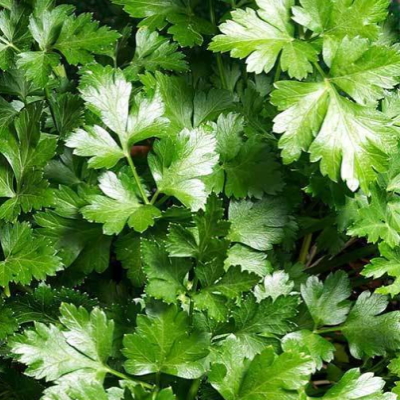 Biennial that is usually grown as an annual. We have found that this parsley dies back in the winter but new leaves emerge before the snow melts. Deeply cut bright green leaves. Italian parsley is reputed to have better flavor than the many curled varieties. Holds flavour when dried. Height 30-60 cm
Biennial that is usually grown as an annual. We have found that this parsley dies back in the winter but new leaves emerge before the snow melts. Deeply cut bright green leaves. Italian parsley is reputed to have better flavor than the many curled varieties. Holds flavour when dried. Height 30-60 cm
